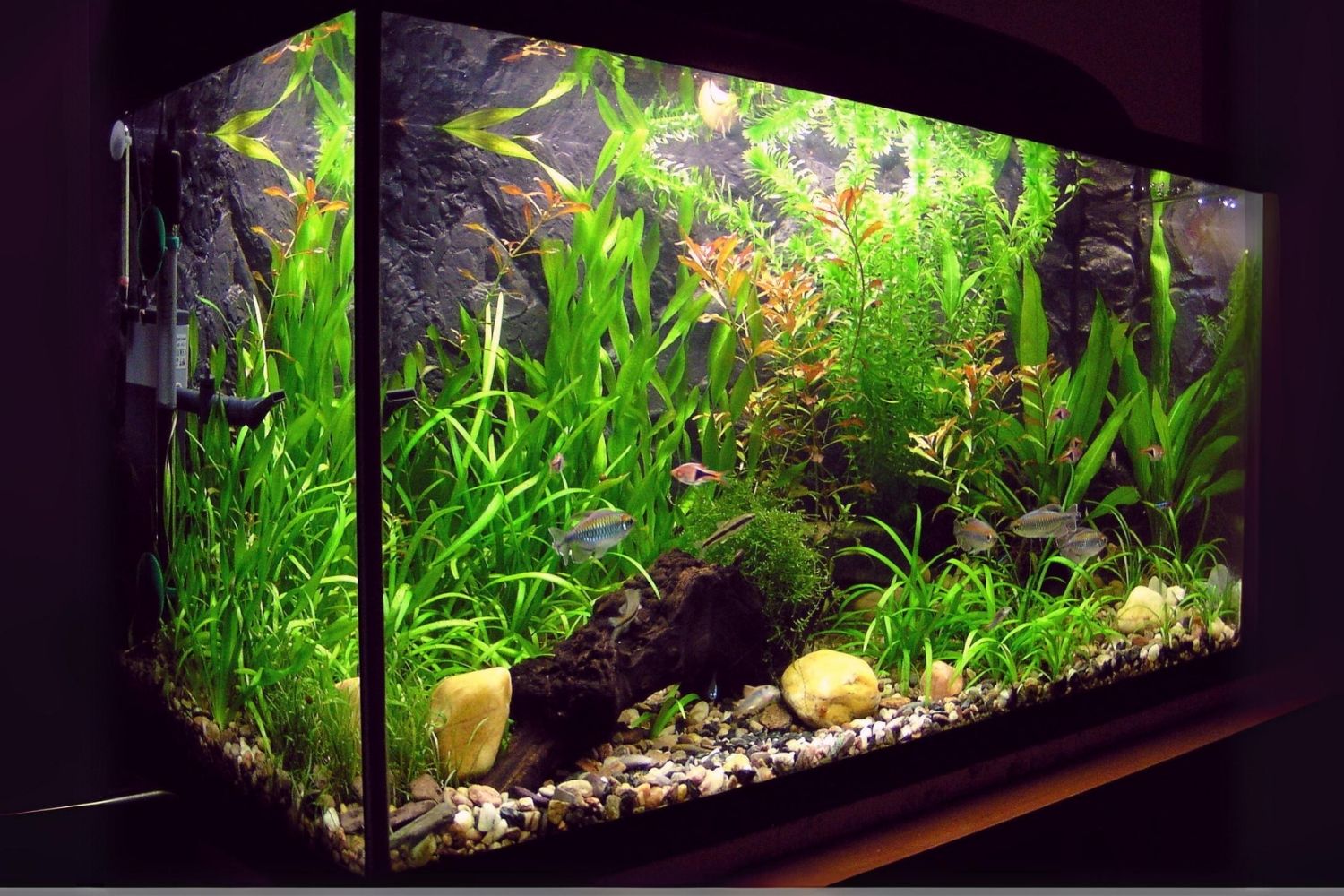
Ever wondered what goes on behind the scenes of the aquarium trade? This fascinating world involves more than just colorful fish and beautiful tanks. Did you know that the aquarium trade is a multi-billion dollar industry? It spans the globe, connecting hobbyists, breeders, and conservationists. From tiny freshwater fish to majestic marine creatures, the variety is astounding. But what are the impacts on wild populations? How do these creatures make their way from oceans and rivers to your living room? Let's dive into 25 intriguing facts about this vibrant industry. Whether you're a seasoned aquarist or just curious, these facts will shed light on the complexities and wonders of the aquarium trade.
Key Takeaways:
- The aquarium trade is a vibrant industry worth over $15 billion, showcasing the incredible diversity of aquatic life with over 2,000 species of fish traded globally.
- Conservation efforts and technological advances are helping to protect aquatic ecosystems and make aquarium keeping easier and more sustainable, ensuring the health and well-being of underwater life.
The Aquarium Trade: A Fascinating World
The aquarium trade is a captivating hobby and industry. From vibrant fish to intricate coral reefs, it brings a slice of underwater life into homes and public spaces. Here are some intriguing facts about this colorful world.
-
The aquarium trade is a multi-billion dollar industry, with an estimated worth of over $15 billion globally.
-
Over 2,000 species of fish are traded in the aquarium industry, showcasing the incredible diversity of aquatic life.
-
The most popular aquarium fish is the neon tetra, known for its bright blue and red stripes.
-
Coral reefs, often featured in marine aquariums, are home to about 25% of all marine species.
-
The largest aquarium in the world is the Georgia Aquarium in Atlanta, which holds over 10 million gallons of water.
The Origins and Evolution of Aquariums
Aquariums have a rich history, evolving from simple fish bowls to complex ecosystems. Let's dive into some historical facts.
-
The first public aquarium opened in 1853 at the London Zoo, called the Fish House.
-
Ancient Romans kept fish in marble tanks, using them as a status symbol.
-
The word "aquarium" comes from the Latin word "aqua," meaning water.
-
In the 19th century, advancements in glass production made home aquariums more accessible.
-
The invention of the air pump in the 1800s revolutionized aquarium keeping by providing essential oxygen to fish.
Environmental Impact and Conservation Efforts
The aquarium trade has significant environmental implications. Conservation efforts aim to mitigate these impacts and protect aquatic ecosystems.
-
Overfishing for the aquarium trade has led to the decline of some wild fish populations.
-
Coral reefs are often damaged by the collection of live coral for aquariums.
-
Breeding programs in captivity help reduce the need for wild-caught fish.
-
The Marine Aquarium Council certifies sustainable practices in the aquarium trade.
-
Some aquariums participate in coral restoration projects, helping to rebuild damaged reefs.
Technological Advances in Aquarium Keeping
Modern technology has transformed aquarium keeping, making it easier and more sustainable. Here are some tech-related facts.
-
LED lighting has become popular in aquariums, providing energy-efficient light that mimics natural sunlight.
-
Automated feeders can dispense food at scheduled times, ensuring fish are fed even when owners are away.
-
Water testing kits help aquarium owners monitor water quality, crucial for the health of aquatic life.
-
Protein skimmers remove organic waste from saltwater aquariums, improving water quality.
-
Advanced filtration systems can mimic natural water cycles, creating healthier environments for fish.
Fun and Unusual Facts
The aquarium trade is full of surprising and fun facts. Here are a few that might surprise you.
-
Some fish can change color to blend in with their surroundings, a process known as camouflage.
-
Seahorses are unique in that males carry and give birth to the young.
-
The world's smallest fish, the Paedocypris, measures just 7.9 millimeters long.
-
Jellyfish are popular in aquariums despite their delicate nature and need for specialized tanks.
-
The oldest known aquarium fish, a lungfish named Granddad, lived to be over 80 years old at the Shedd Aquarium in Chicago.
The Final Splash
The aquarium trade is a fascinating world filled with vibrant marine life and intricate ecosystems. From the colorful fish to the delicate corals, each element plays a crucial role in creating a balanced environment. Understanding the importance of sustainable practices ensures that these underwater wonders can be enjoyed for generations.
Whether you're a seasoned aquarist or just starting, there's always something new to learn. The trade's impact on both the environment and local economies highlights the need for responsible sourcing and care.
By supporting ethical practices and staying informed, you contribute to the preservation of these beautiful ecosystems. Dive into the world of aquariums with a sense of wonder and responsibility, knowing that your actions make a difference. Happy fish-keeping!
Frequently Asked Questions
Was this page helpful?
Our commitment to delivering trustworthy and engaging content is at the heart of what we do. Each fact on our site is contributed by real users like you, bringing a wealth of diverse insights and information. To ensure the highest standards of accuracy and reliability, our dedicated editors meticulously review each submission. This process guarantees that the facts we share are not only fascinating but also credible. Trust in our commitment to quality and authenticity as you explore and learn with us.
